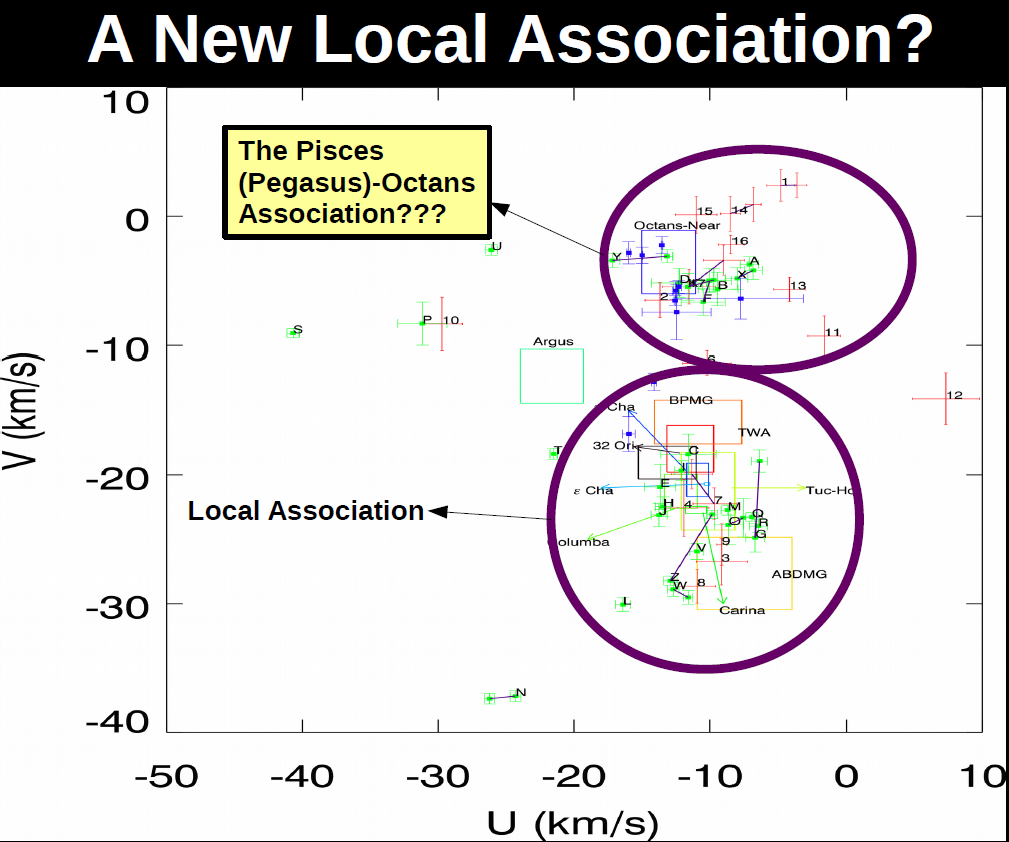Picking out young stars on the sky is no easy feat. Whilst there are many broad youth indicators that can be used as a first sign that a star might be young (e.g., appearance above the main sequence on a colour-magnitude diagram, rapid rotation, high coronal and/or chromospheric activity, infra-red excess and kinematic association to a group of known age), there are many pitfalls, with signficant fractions of older stars masquerading as young stars with similar observed features. Therefore, corroborating evidence is key to identifying young stars. Determining the absolute age of a star can be even trickier and often reliant on correct models of stellar evolution (we know these are not quite right) and/or well age- calibrated empirical data to make comparisons with (which feeds back into how the calibrated data were assigned ages).
For stellar clusters, at least it is possible to rank them on an age-ladder, where the age-sensitive property can be compared observations in other clusters. This age-ranking process allows us to place age estimates for individual objects, however, the given stellar property may also depend on a variety of other factors (e.g., rotation, metallicity, extinction, etc).
My general approach to identifying young stars is to initially select objects that demonstrate a broad indicator of youth. Since the second data release from the Gaia mission, parallaxes are available for almost all stars out to 100pc, making the isochronal technique a natural first attempt, particularly for low-mass stars which lie significantly above the main sequence and can generally be more easily identified. Additional youth indicators are crucial to build a stronger case that a star is young. In my experience of this I have tried enhanced UV activity (young stars are generally more chromospherically-active), X-ray luminosity (young stars generally have brighter coronae), rotation (young stars are generally more rapidly rotating).
Possibly the best spectroscopic indicator to determine once-and-for-all if a low-mass star is young is to measure the strength of the Li absorption feature at 6708 angstroms. Since Li burns at relatively low temperatures (< 3 million K) and is hardly ever fused in stars, then a strong Li line suggests the star is young as it has not spent enough time to burn Li. A take-home lesson from this came from a kinematically-unbiased target selection I made several years ago. I spectroscopically observed 146 Solar-type to low-mass stars that appeared isochronally-bright, X-ray active and with rotation periods less than 5 days. The hit-rate of genuinely young stars from this, stars that are clearly younger than 200 Myr and very unlikely to be in tidally-locked binary systems was slightly under 20%. It turned out the majority of the sample were older X-ray active, tidally-locked short period binaries. Sneaky things they are!
The best hit-rate I've had so far has been ~40% using CMD and UV-activity as part of the selection, however, this was only from a very small representative sample that included literature values that may bias the result. I should find out soon what the majority of the UV-bright stars on my next observing trip to Calar Alto (Spain), where I will spend 3 nights getting Li measurements and other spectroscopic details for the sample.








